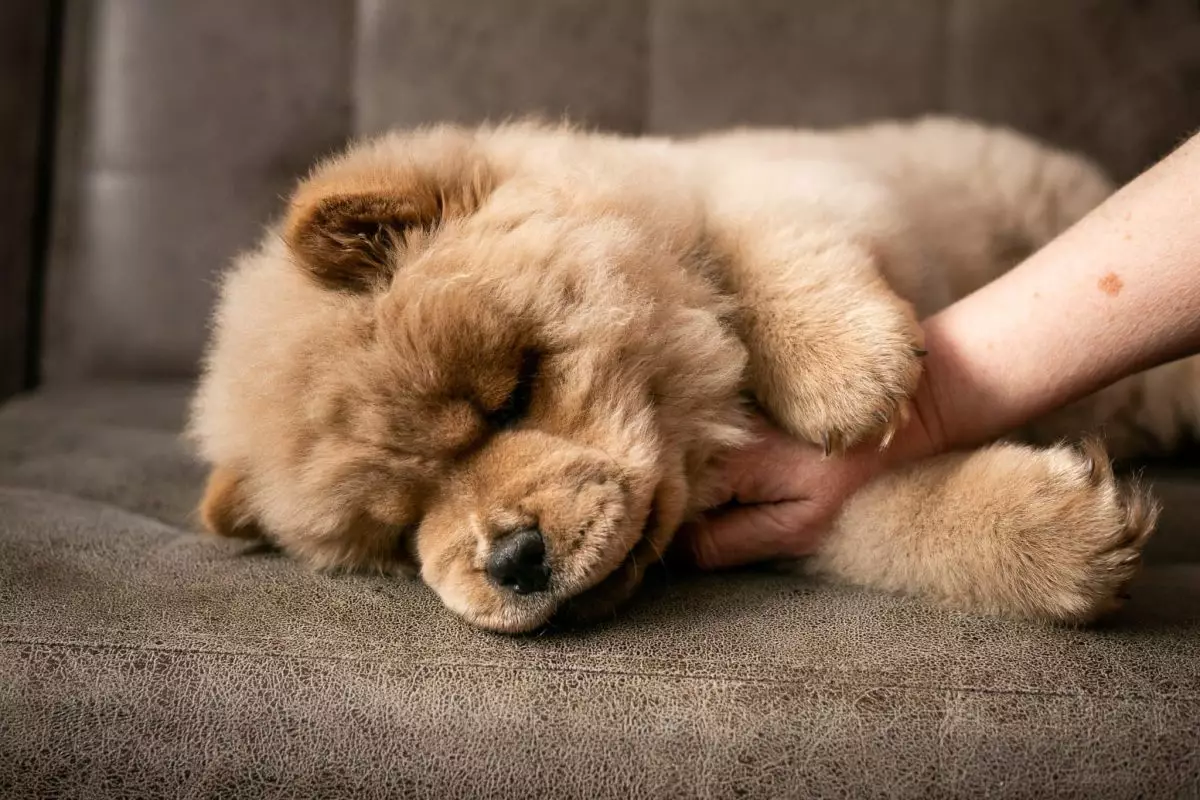In a world that constantly strives for speed and productivity, few things evoke a sense of peace quite like observing a dog luxuriate in deep sleep. It’s a silent testament to the brilliance of balance—where rest plays as vital a role as activity. Dogs that dedicate a significant portion of their day to napping do not simply rest; they embody an art form rooted in instinct, physiology, and temperament. Their laid-back routines serve as a gentle reminder of the importance of slowing down and embracing calmness in our often frenetic lives.
These canine connoisseurs of repose seem almost revered for their dedication to sleep. Their bodies, often heavy and sturdy, are built to sustain long hours of leisure. Thicker coats insulate them from cold, and their compact frames make quick movements less necessary in everyday life. What’s striking is not just the amount of sleep they indulge in but the dignified grace with which they do so. Whether sprawled across a sunlit patch or nestled into a cozy corner, these dogs show that rest is not a sign of laziness but an essential component of well-being.
The Physiological Drivers: Built for Long, Restful Hours
Many breeds renowned for their love of sleep have physiological traits that underscore their high resting tendencies. For example, breeds like the Bulldog or the Bernese Mountain Dog have shorter respiratory passages, making exertion more tiring and recovery more critical. Their bodies evolved to favor serenity, and their daily routines reflect this inherited trait. Their breathing patterns during repose often include gentle snoring, a sign of relaxed musculature and calm breathing—an endearing and often humorous display of their comfort.
Furthermore, large breeds such as Irish Wolfhounds and Great Pyrenees are physiologically wired for extended naps due to their size and energy expenditure. Growing, maintaining stamina, and managing their weight all depend heavily on substantial periods of rest. These breeds often serve as guardians—whether of livestock or household—yet their off-duty times are marked by hours-long siestas that preserve their strength and temperaments. Their calmness becomes part of their character, communicated through the slow, deliberate movements interspersed with deep, restorative sleep.
The Emotional and Behavioral Significance of Rest
There is more than just biology behind these breeds’ love of napping. Their temperaments are often naturally mellow, bred for work that rewards patience, calmness, and gentle persistence. This quietude translates into a strong attachment to comfort and a preference for tranquil environments. Dogs like the Lhasa Apso or the relaxed Mastiff find their peace in soft cushions, cool shadows, and the company of their favorite humans. They aren’t driven by the need for constant stimulation; instead, they derive satisfaction from simple pleasures and familiar routines.
Culturally, their restful habits symbolize trust and contentment. When these dogs settle into their favorite spot, they signal an unspoken message: life is good now. Their deep sleep ambassadors remind us that purpose and happiness are often rooted in serenity rather than activity. Their ability to sleep soundly through noise and distraction teaches us that relaxation, when genuinely embraced, can be a source of strength rather than weakness.
Balancing Action and Rest: Why Rest Is a Sign of Strength
Interestingly, many of these breeds are capable of bursts of impressive energy—think of a Greyhound’s lightning-fast sprint or a Border Collie’s mental agility—yet they choose periods of profound stillness afterward. This oscillation between exertion and rest is a testament to their natural balance. After a brief chase or exploration, they collapse into long, rejuvenating naps, recharging for the next bout of activity.
The idea that constant activity signifies vitality fails to recognize that true resilience stems from proper recovery. Rest allows their bodies to repair muscle tissues, regulate metabolic functions, and re-establish emotional equilibrium. For owners, observing these dogs underscores an essential truth: rest is not the enemy of productivity but its foundation.
The small breeds—like the Pug or the French Bulldog—exhibit this philosophy beautifully. Their cuddly appearances mirror their love for comfort, and their frequent naps reflect a worldview that prioritizes cozy intimacy over chaos. Being close to humans during these restful periods fosters a deep bond rooted in mutual relaxation and trust.
The Wisdom of the Canine Napping Ritual
The consistent, almost meditative nature of these dogs’ sleep schedules offers a lesson in mindfulness. Many owners observe their pets seamlessly integrating rest into daily routines, which embodies the ideal of living harmoniously—balancing activity with calm. Their calm demeanor and ability to “switch off” effortlessly serve as models for humans seeking to reduce stress and cultivate patience.
Moreover, these breeds challenge modern notions that equate busyness with productivity. Instead, they demonstrate that honoring one’s need for rest enhances overall vitality and happiness. Their quiet presence radiates contentment, reminding us that sometimes, the most profound act of strength is simply to surrender to stillness.
In my honest assessment, the depth of these dogs’ commitment to naps should inspire us all. We often neglect the restorative power of pause, rushing from one task to another with little regard for our mental health. Dogs exemplify that embracing rest is an act of self-care—an acknowledgment that well-being depends on honoring our natural rhythms. Their restful demeanor underscores a truth often overlooked: in the art of living, sometimes less activity and more stillness lead to richer, more fulfilling lives.

